
PowerShell Array and Add to Array Applications and Examples
A developer noticed an inconsistency when adding to an array in PowerShell. The function seemed to work as expected in the ISE (Integrated Scripting Environment), but not in the command window. The challenge was to understand why the array wasn't updating as expected in different environments and to find a solution that would ensure consistent behavior.

PowerShell Array and Add to Array Applications and Examples
PowerShell Add Elements to an Array; Add Elements to an Array - Enter ArrayList. Create Array List the alternate way; Closing Notes; This is a question I get rather frequently so I thought to write an article about it. As the title implies I will show how you can add or remove elements to a PowerShell array once it has been created.
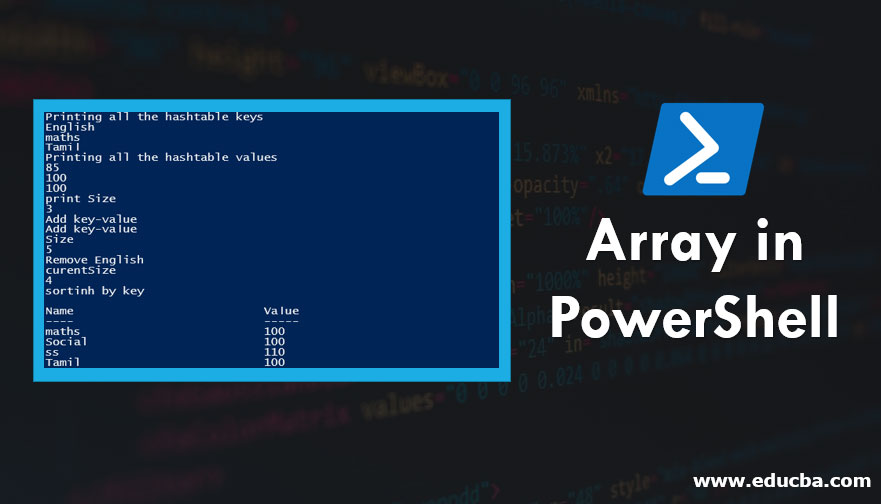
Array in PowerShell Complete Guide to Array in PowerShell with Example
By default an array object in powershell has fixed size. Hence adding or removing an element from array requires some additional logic to be applied. First, we will see how to add or remove an array element in powershell using the default collection type.
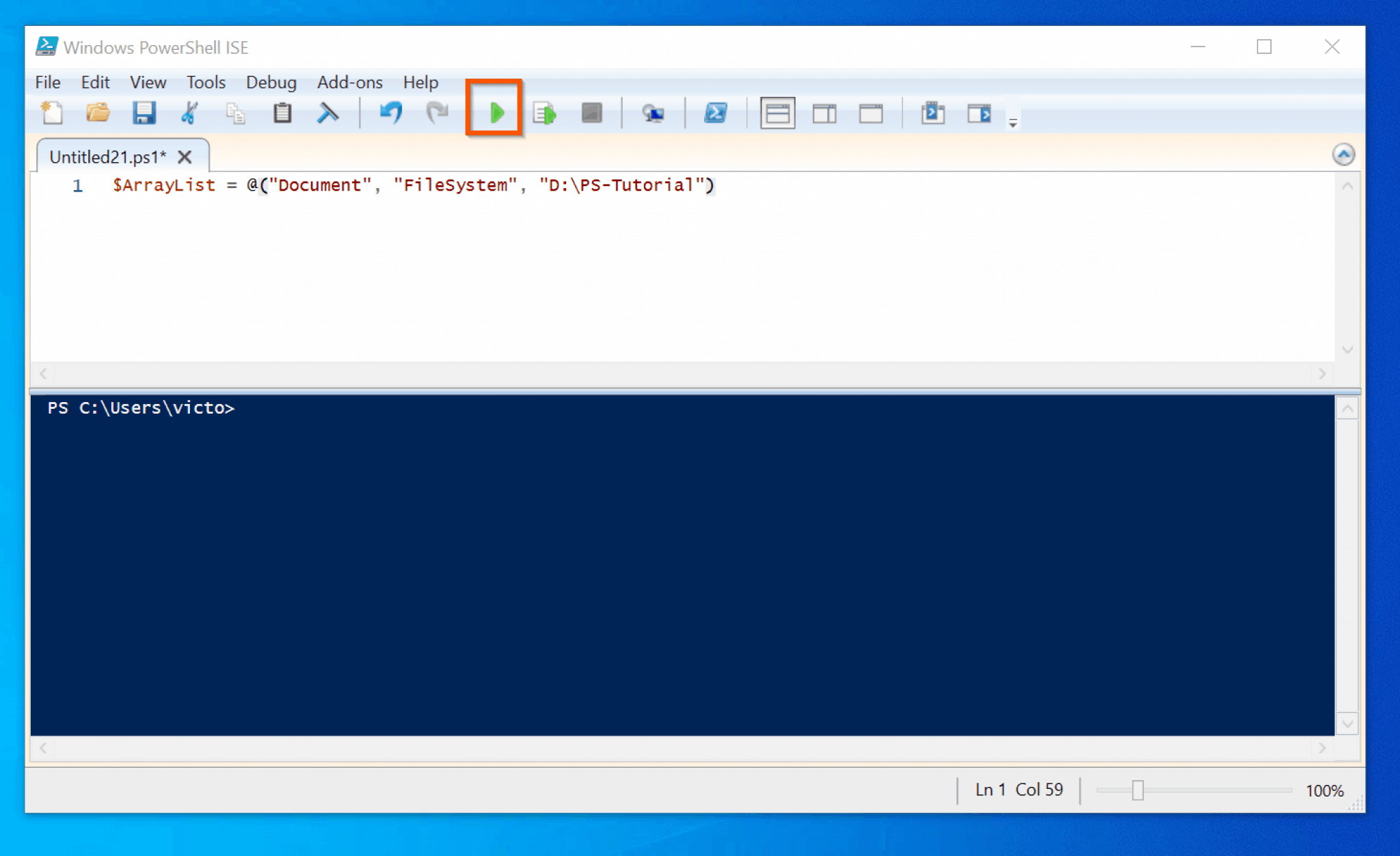
PowerShell Array and Add to Array Applications and Examples
Learn about PowerShell Arrays, ArrayLists, and Collections, and apply best practices for efficient scripting. Learn about PowerShell Arrays, ArrayLists, and Collections, and apply best practices for efficient scripting.. Adding Items To An Array. When creating an array, you can either define all of the elements at creation time or add them.
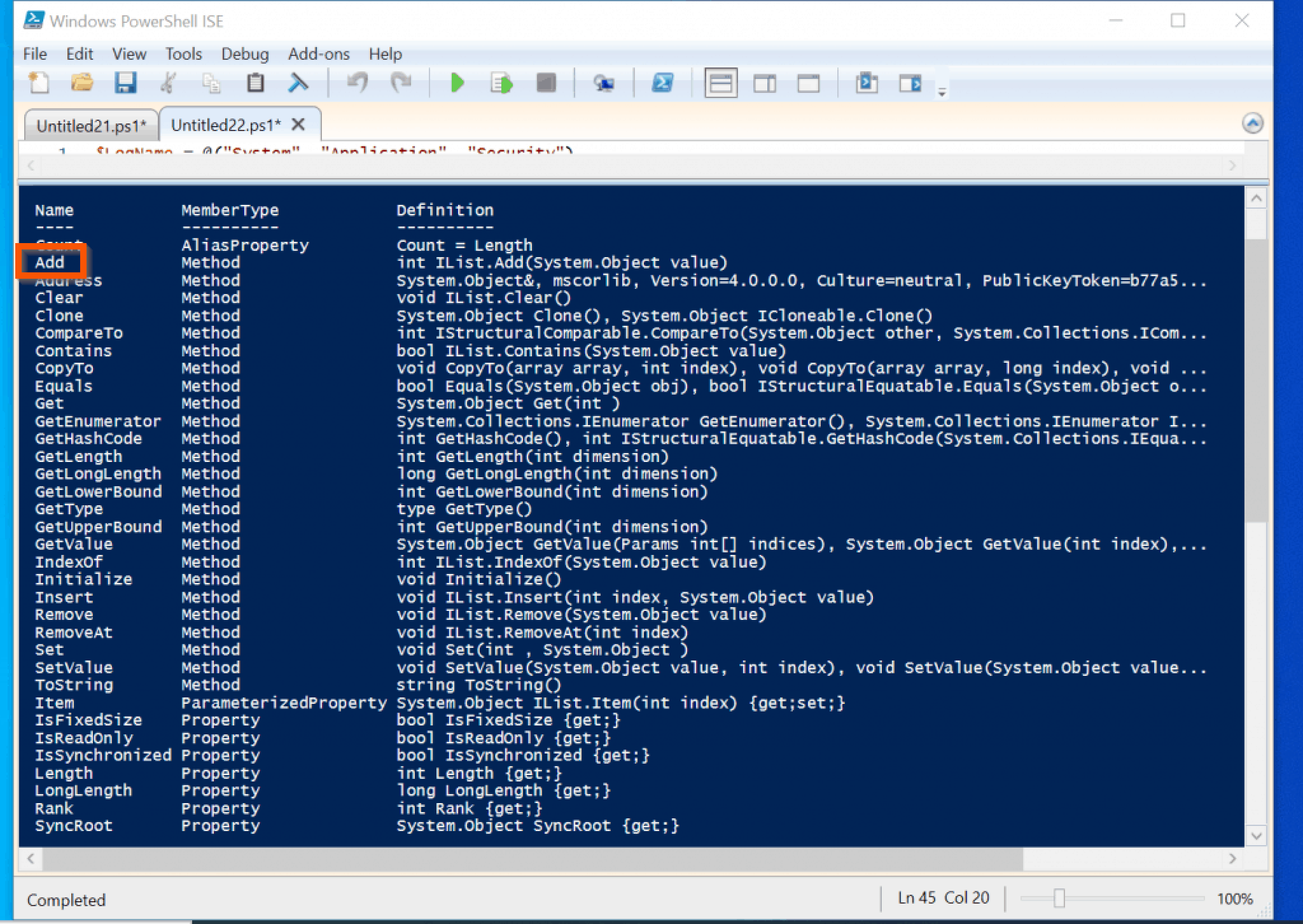
PowerShell Array and Add to Array Applications and Examples
Adding to arrays. At this point, you're starting to wonder how to add items to an array. The quick answer is that you can't.. This sounds like a lot of work, however, PowerShell hides the complexity of creating the new array. PowerShell implements the addition operator (+) for arrays. Note. PowerShell does not implement a subtraction operation.

PowerShell Array Guide How to Use and Create
There are several ways to create arrays in Powershell, but the easiest is to run this command: @ () This will create an empty array. An empty array is not that useful, however, so let's add some fruits to our new array. These will be represented as text strings. To do that, run this command.
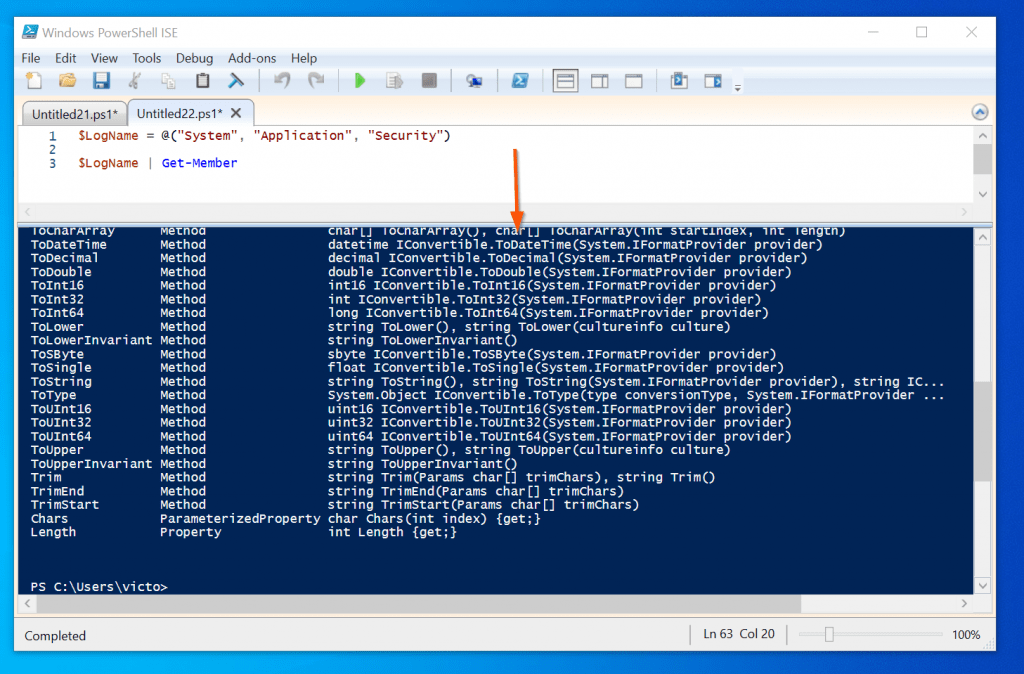
PowerShell Array and Add to Array Applications and Examples
By Jeff Brown December 13, 2022 #powershell. PowerShell arrays are a powerful construct when working with a group of similar items. You can loop through them and access items using their index values. However, adding or removing items to a fixed array is not intuitive and, depending on the method, can cause performance issues.

PowerShell Array and Add to Array Applications and Examples
Use += to Add Items to the Array in PowerShell. An array is used to store a collection of items. The items can be the same or different types. You can create an array and add items to it in PowerShell.
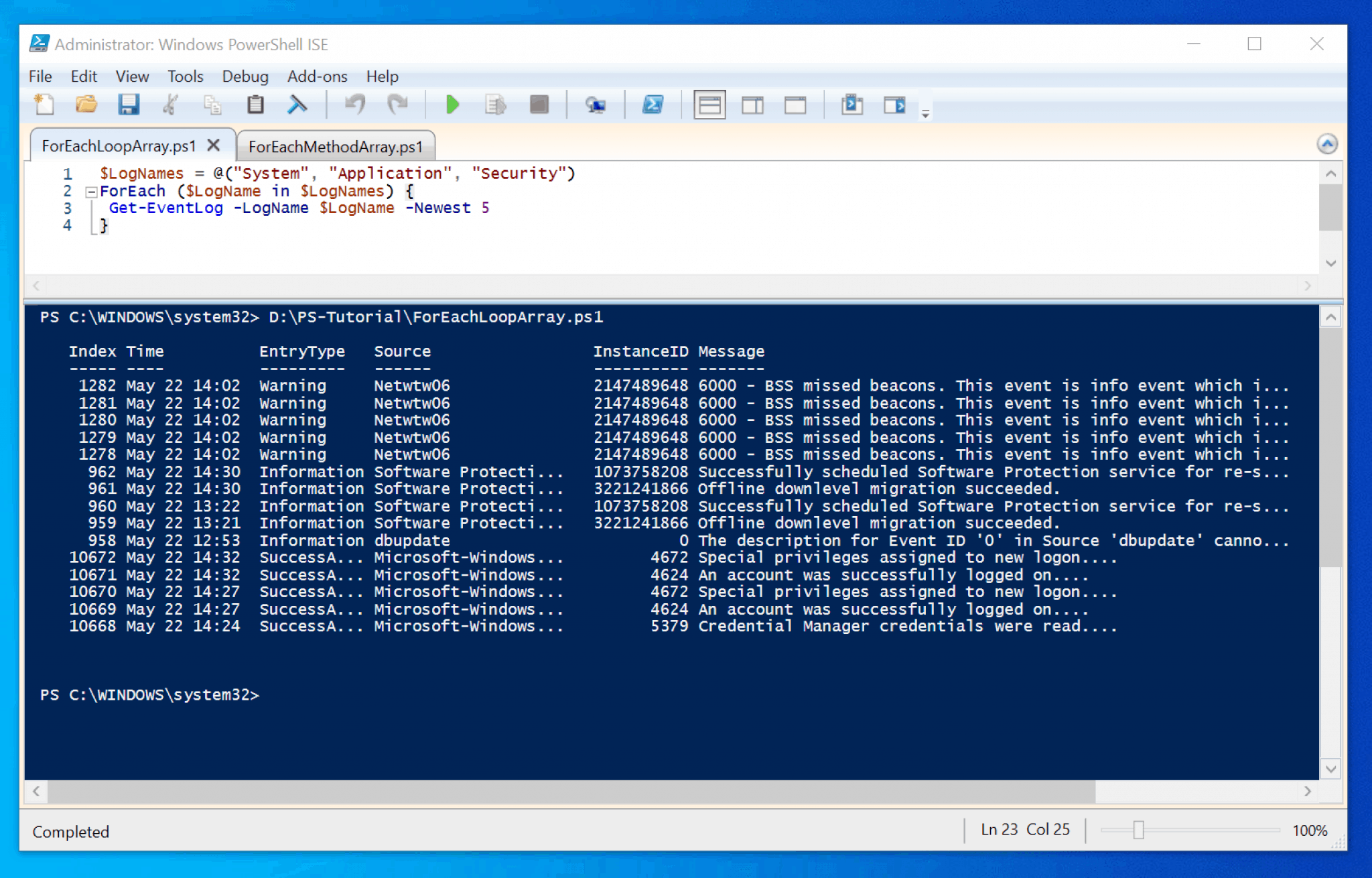
PowerShell Array and Add to Array Applications and Examples
Describes arrays, which are data structures designed to store collections of items. Long description. An array is a data structure that's designed to store a collection of items. The items can be the same type or different types. Beginning in Windows PowerShell 3.0, a collection of zero or one object has some properties of arrays.
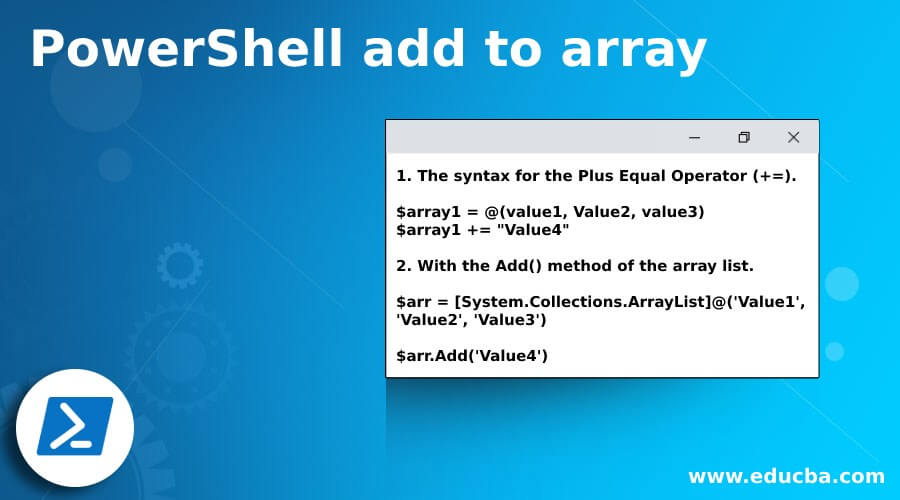
PowerShell add to array How does PowerShell add to array Works?
Arrays of arbitrary type and length can be concatenated via the + and += operators, both of which result in the creation of a new unconstrained 1-dimensional array. The existing arrays are unchanged. See §7.7.3 for more information, and §9.4 for a discussion of adding to an array of constrained type. 9.4 Constraining element types
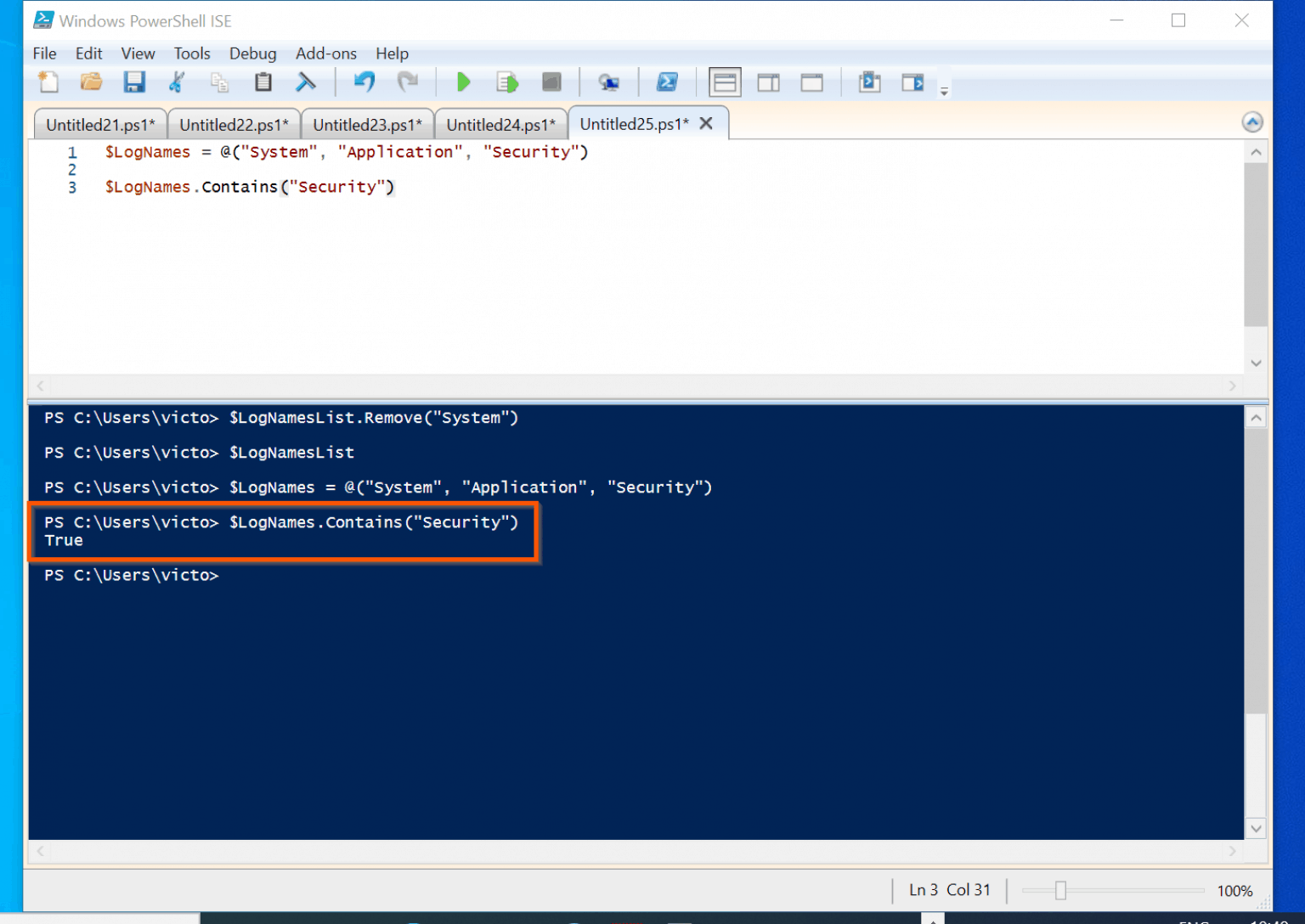
PowerShell Array and Add to Array Applications and Examples
A PowerShell array holds a list of data items. The data elements of a PowerShell array need not be of the same type, unless the data type is declared (strongly typed). To create an Array just separate the elements with commas. Using the array cast syntax between the parentheses to be treated as an array, it could be a single element, the output.
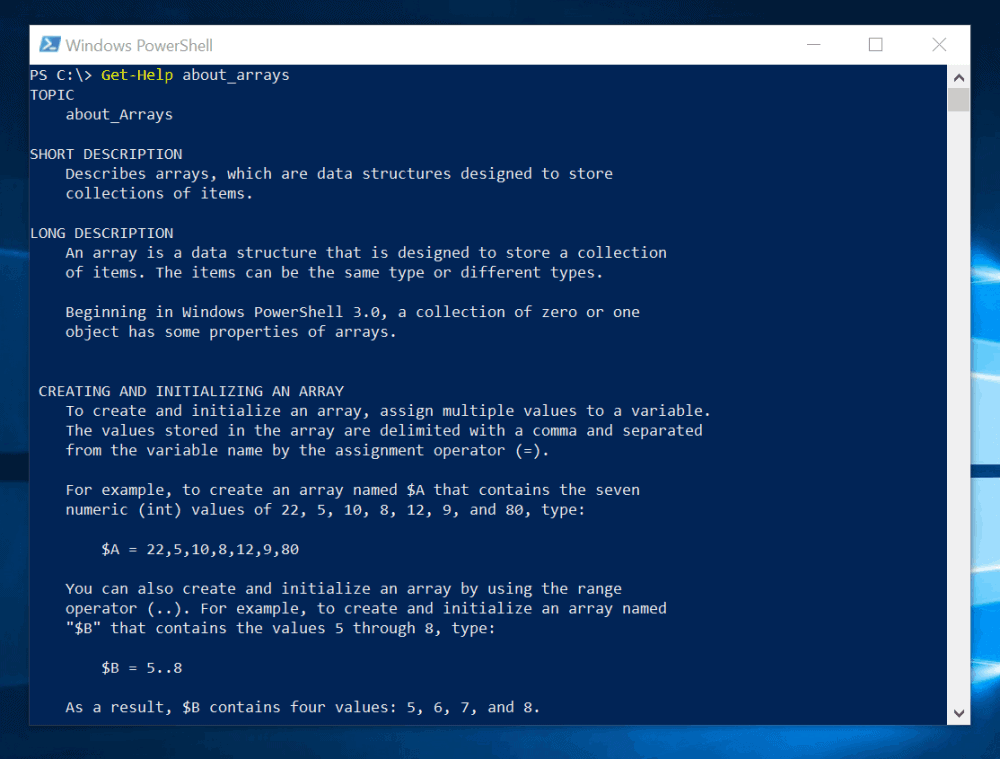
Powershell Add AD Computers to Array
Summary: Learn how to add, modify, or verify values in a Windows PowerShell array, and discover two easy techniques for sorting your array. Hey, Scripting Guy!. PT, that is all there is to modifying values in an array, adding to an array, checking to see if an array contains a specific value, and sorting the array. Array Week will continue.
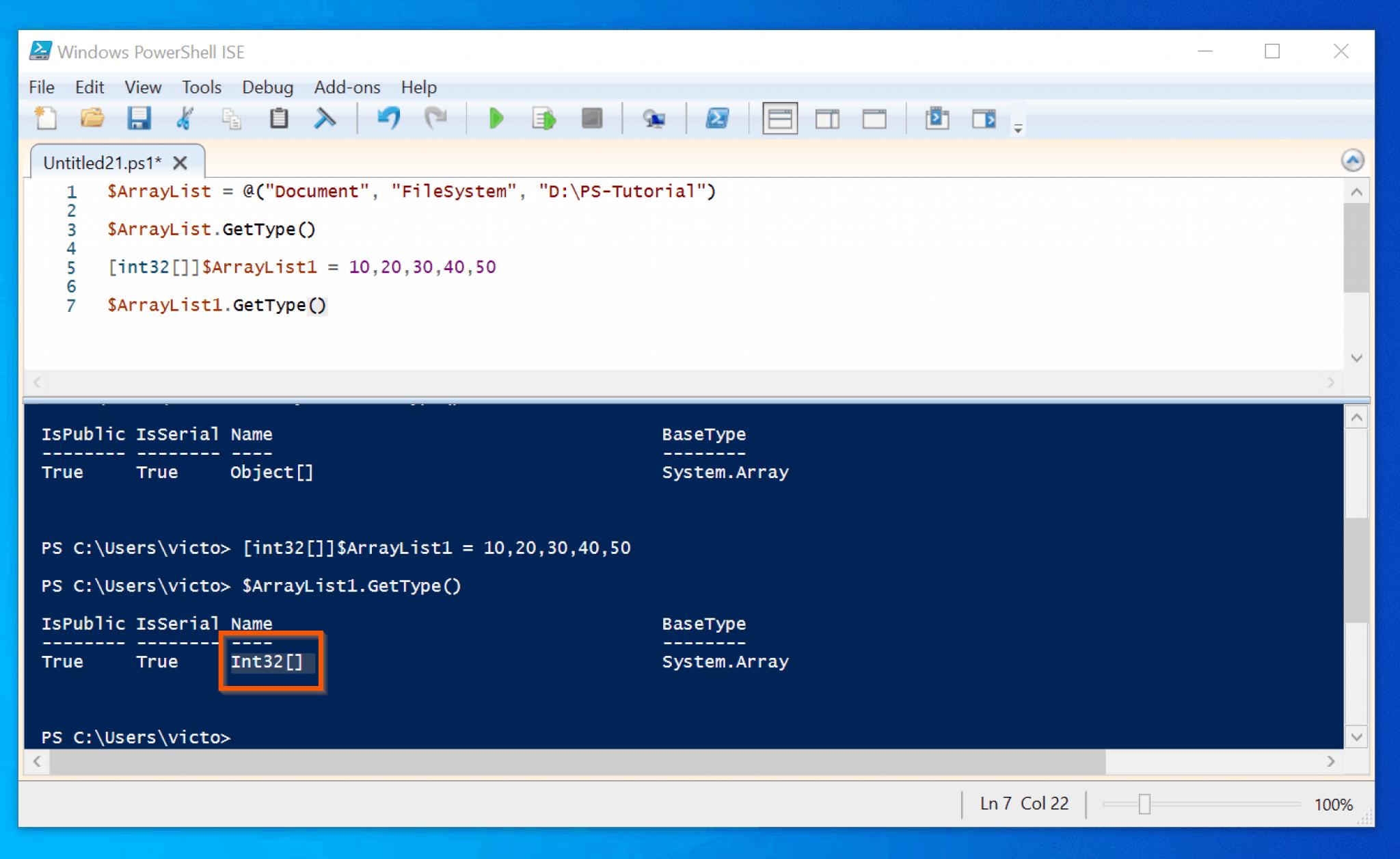
PowerShell Array and Add to Array Applications and Examples
It's a PowerShell question, not PHP. PHP arrays are significantly different to PowerShell arrays since PowerShell arrays are a fixed length. To "add" to a PowerShell array, under the hood it basically creates a new array with the new length and copies every element to it. I believe in PHP they are dynamic (more like a PowerShell Generic list).
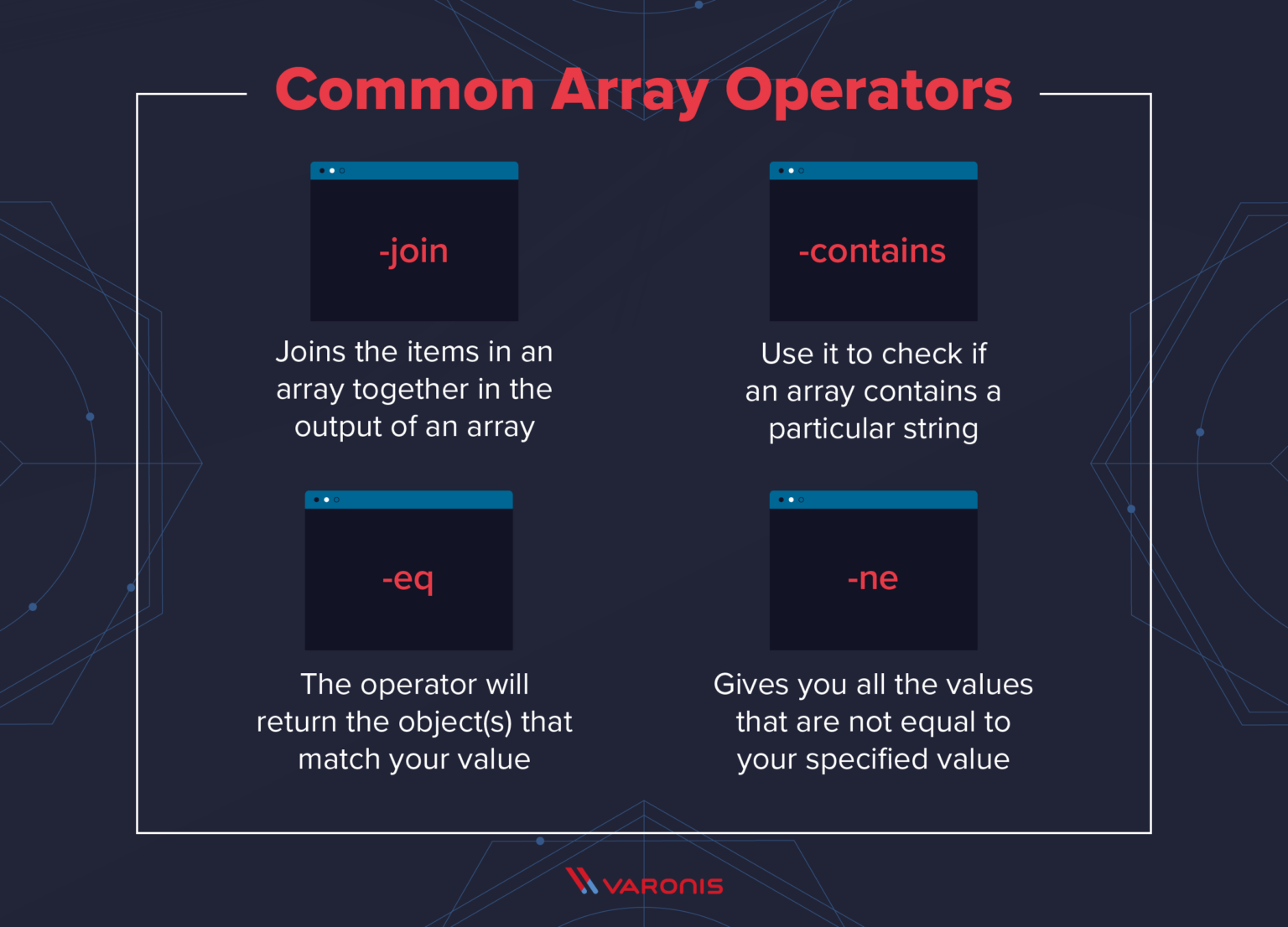
PowerShell Array Guide How to Use and Create
Generally avoid using += for appending to arrays:. Arrays are fixed-size data structures, so what PowerShell must do when you "append to" an array with += is to create a new array behind the scenes every time, which is quite inefficient in a loop.. While using an efficiently in-place extensible data structure such as [System.Collections.ArrayList] or [System.Collections.Generic.List[object.
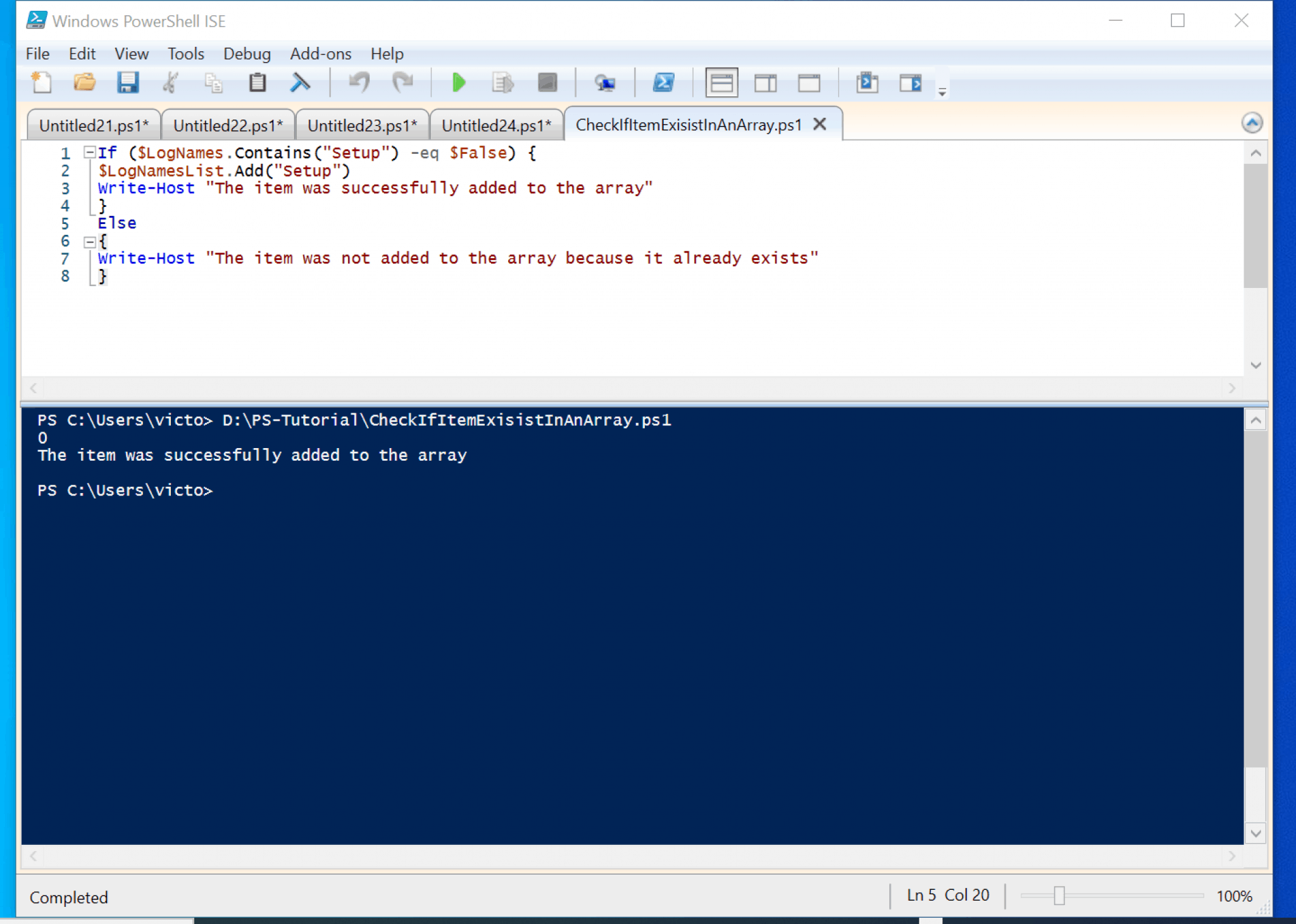
PowerShell Array and Add to Array Applications and Examples
Adding and removing Items from a PowerShell array is a topic which can lead to some confusion, so here are a few tips for you. Create an array and we will note the type System.Array:. However, if we try to Add or Remove items to the array we get errors that the "Collection was of a fixed size".
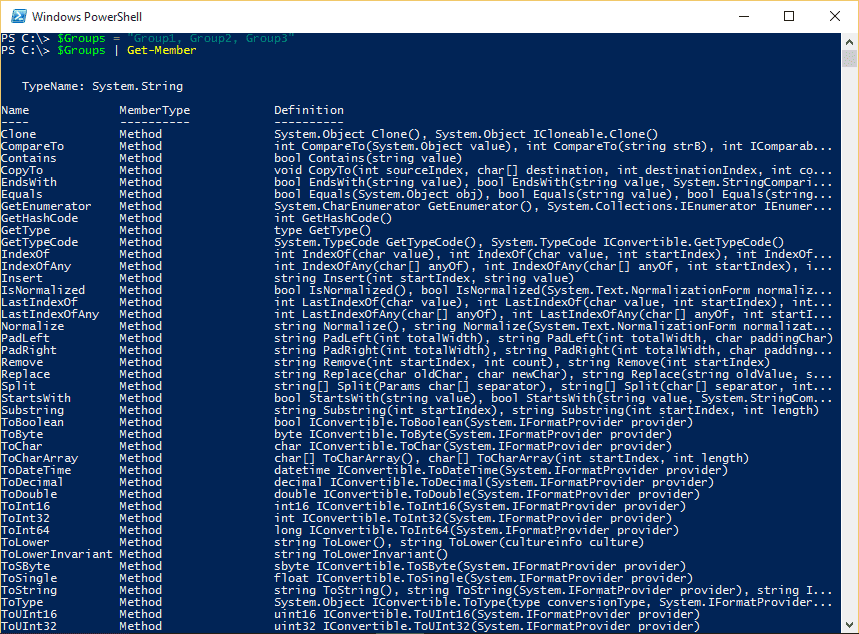
PowerShell Array and Add to Array Applications and Examples
Managing Arrays in PowerShell. How to read, add and modify array elements -- with a few curve balls along the way. By Adam Bertram; 04/10/2019; In PowerShell and many languages, an array is a set of items all represented by a single variable. To explain arrays and how to manage them in PowerShell, let's start with the example of a set of colors.